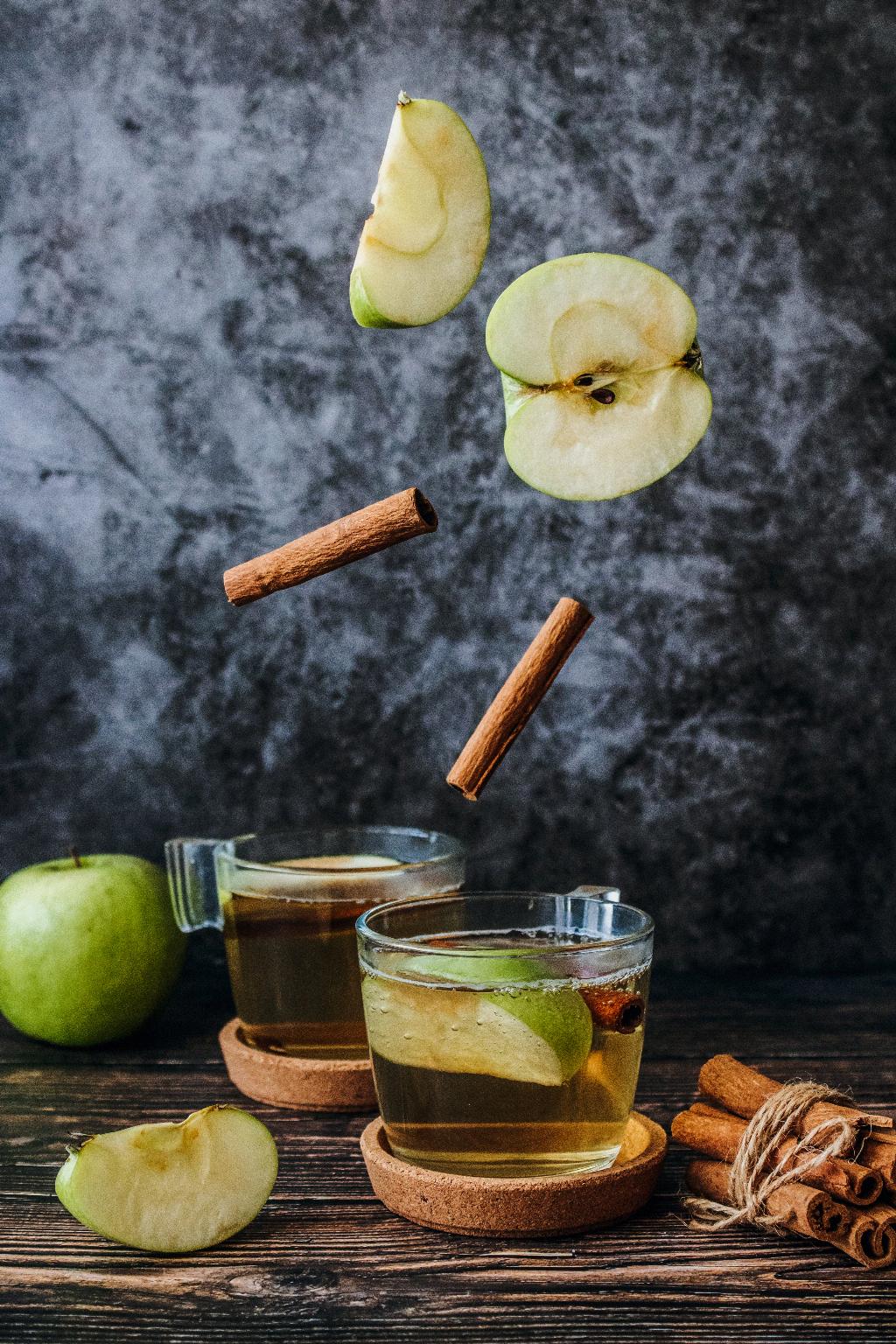Pickling is a time-honored tradition that not only preserves the freshness of fruits and vegetables, but also imparts a tangy and delicious flavor. One crucial aspect of successful pickling is finding the perfect ratio of vinegar to water. While there are various ratios to choose from, two popular methods include the 1:1 ratio and the 3:2:1 method.
The 1:1 Ratio
Let’s start by exploring the 1:1 ratio. This simple and straightforward method involves combining equal parts vinegar and water, along with the addition of salt and sugar. The vinegar provides the necessary acidity to prevent bacterial growth and enhance the preservation process, while the water helps to dilute the acidity for a milder taste.
By using the 1:1 ratio, you can achieve a balanced flavor that allows the natural flavors of the fruits or vegetables to shine through. This ratio is particularly popular for quick pickles, where shorter processing times are used, resulting in a crisp texture and vibrant flavors.
The 3:2:1 Method
Another commonly used ratio for pickling is the 3:2:1 method. This method involves using three parts vinegar, two parts water, and one part sugar. The higher ratio of vinegar to water in this method provides a stronger level of acidity, resulting in a more intense and robust flavor profile.
By adding sugar to the mix, you introduce a touch of sweetness that helps to balance out the acidity and enhance the overall flavor. The 3:2:1 method is often preferred for traditional fermented pickles, where longer processing times are involved, allowing the flavors to deepen and develop over time.
Choosing the Right Ratio
When it comes to determining the best ratio of vinegar to water for your pickling endeavors, it ultimately depends on your personal preference and the specific type of pickles you aim to create. Both the 1:1 ratio and the 3:2:1 method have their unique benefits and can yield exceptional results.
If you prefer a milder and more balanced taste, the 1:1 ratio may be the ideal choice for you. This ratio works particularly well for quick pickles that are meant to be enjoyed in a shorter period of time, as the flavors are still vibrant and crisp.
On the other hand, if you desire a bolder and more pronounced flavor, the 3:2:1 method could be the way to go. This ratio is well-suited for those who enjoy the depth and complexity that develops over time, especially in fermented pickles.

Experimentation and Customization
While the 1:1 ratio and the 3:2:1 method serve as excellent starting points, don’t be afraid to experiment and customize the ratios to suit your taste preferences. You may find that adding a bit more sugar or reducing the amount of vinegar creates the perfect balance for your unique palate.
Remember, pickling is an art form, and part of the fun is finding the ratios that bring out the best in your ingredients. So, don’t hesitate to embark on a culinary adventure and discover your own signature pickling ratio!
